A short drive north of Durban will land you in iSimangaliso Wetland Park, a hidden gem with thriving wildlife and breathtaking scenery. KwaZulu-Natal is full of fabulous parks, but what is it about this particular park that stands out from the rest? You’re about to find out. Here are the top reasons to go to iSimangaliso Wetland Park, one of South Africa’s lesser-known parks.
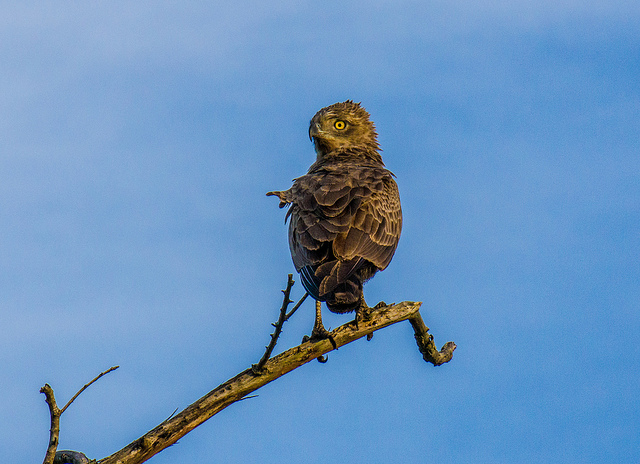
Courtesy of Vaiz Ha/Flickr.com
Birders, this is your paradise
The park borders Lake St. Lucia which draws in birds of all shapes and sizes — an ideal spot for die hard bird enthusiasts to get their fix and possibly spot rare birds. The park is home to more than 500 species of birds including pink-backed pelicans, yellow-billed ducks, white-backed night herons, and wooly-necked storks. Not to mention, the park also borders the ocean (you can see the lake on one side of the park and see the ocean on the other) that brings in a whole array of species.
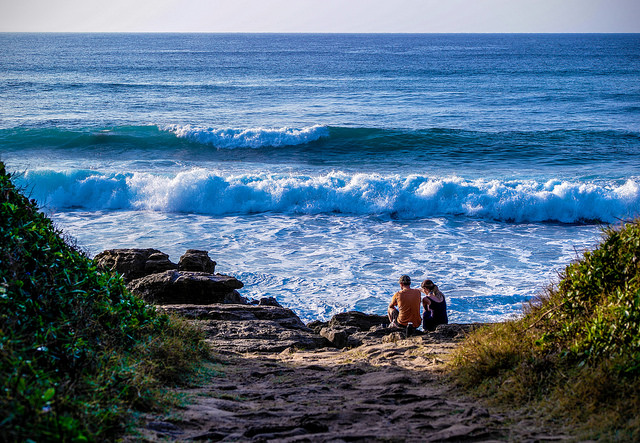
Courtesy of Fyre Mael/Flickr.com
You can have a beach day
Not many safari parks can boast getting your wildlife viewing fix (and we’re talking about lions and hippos here) and hitting the beach, all in one vicinity. Make plans to stay for a few days, that way you can get your safari fix, enjoy a huge lake, and enjoy the waves crash against the rocky shores. During whale migrating season (June to November), you can search the water for humpback and right whales to bellyflop for your amusement. During the season, they’re known to approach the warm water of KwaZulu-Natal, and iSimangaliso Wetland Park is right in the heart of its shores.
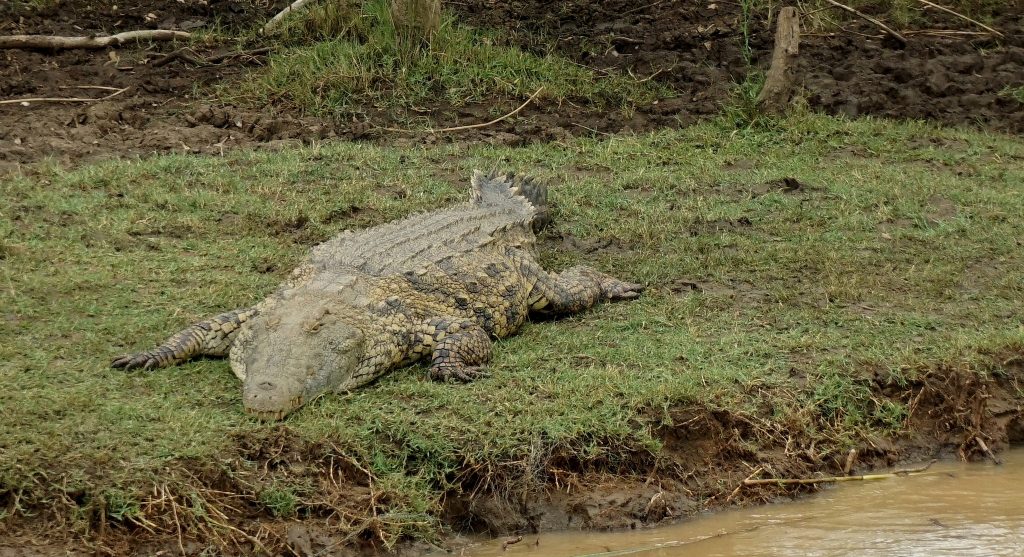
Courtesy of lebedev.roman/Flickr.com
You can flirt with danger
Want to throw yourself in a location where being in the water will put a little hair on your chest? iSimangaliso Wetland Park is known for having a huge population of Nile crocodiles, so much so, that it’s almost impossible to pay a visit to the park without seeing a bunch of them. In addition to the scaly creatures, there’s an abundance of hippos that spend their days submerging in the lake, eyeing any visitors that come near.
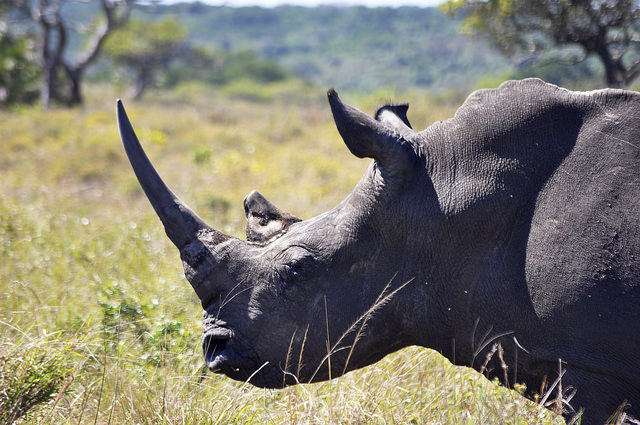
Courtesy of Darren Glanville/Flickr.com
The park is praised for its conservation efforts
Go to a park where you know the animals are looked after with conservation efforts being made to protect them. In 2016, lions were re-introduced to the park after the last lion was killed off in the area nearly 50 years ago. In addition to the lions, the endangered African painted dogs are rapidly growing in population in the safety of the park, giving conservationists hope of getting them off the endangered species list. Other protected species include rhinos, cheetahs, jackals and even marine life like whales and sharks.

Courtesy of Darren Glanville/Flickr.com
It’s a place to be active
In designated areas, visitors can ride their bikes, go fishing, boating, and ride on safari jeeps to be active. iSimangaliso Wetland Park is one of the few places where its permitted to do all of these things. So if you’re looking to ride a bicycle past a giraffe, drop a line in the ocean while a ghost crab comes to inspect you, or ride on a boat and hold your breath as you sail past snoozing crocodiles, you’ll find everything you want to do right here in this beloved park.
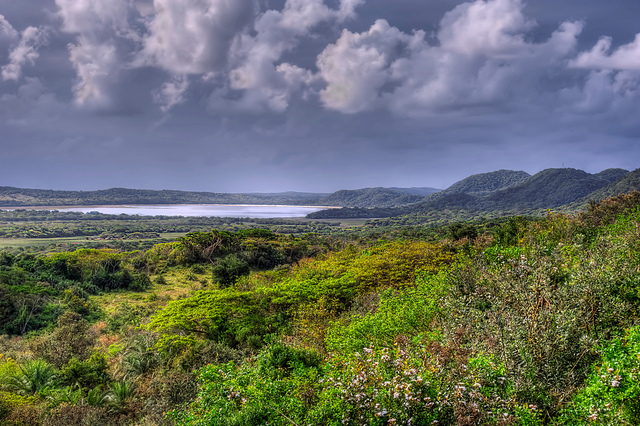
Courtesy of Steve Slater/Flickr.com
You have easy access to three countries
Paying a visit to South Africa’s iSimangaliso Wetland Park means an easy getaway trip to Mozambique and Swaziland. Guests are delighted by the idea of staying in a resort or camping overnight in the park, knowing that a few hours away are two other countries that can be easily visited and chalk off their to-visit list. Mozambique’s capital, Maputo is only a few hours away by car, making the park a prime location to do other sightseeing beyond the park.
More from AFKTravel:
Top Scuba Diving Spots In KwaZulu-Natal
15 Things to Do Along South Africa’s Elephant Coast
The Most Fabulous Hotels In The Elephant Coast
Want to discover the finer side of Africa? Sign up for our weekly newsletter.
